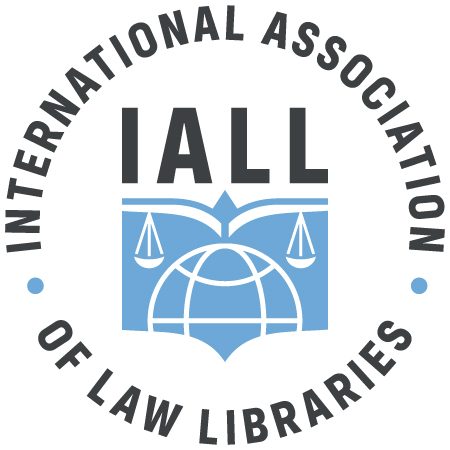Recently I came across a few documents from the University of Oslo archives that illustrate the start of the International Association of Law Libraries. The most interesting was a letter dated February 24th 1959 from William R. Roalfe inviting representatives from the University of Oslo Faculty of Law to attend a meeting in New York City on June 24th to consider the creation of an International Association of Law Libraries. This meeting was set to coincide with the conference of the American Association of Law Libraries held in New York City between 22nd and 25th of June that year.
The initiative was based on the fact that “no existing international organization is qualified to serve the interests of institutions and individuals in various parts of the world responsible for the systematic development and servicing of legal collections developed on a multinational basis”. The preparatory committee wanted to make clear that even though the American Association of Law Libraries acted as the sponsor for the meeting, the intention was to create an autonomous entity with a “a distinctly international orientation” and stressed the importance of attracting delegates from as many institutions and countries as possible.
I do not know how many delegates ended up attending the New York meeting, or if anyone from the University of Oslo was present. Nevertheless, other documents from the same year show that the Law Librarian at the University of Oslo at the time, Kaare Haukaas, participated in what must have been one of the first IALL initiatives: A survey of law libraries around the world.
Haukaas wrote a three page description outlining some of the law libraries in Norway. The report is dated 15th October 1959 and is written in Norwegian. Most of the document is devoted to the legal collections at the University of Oslo, but it also describes the other law collections around the country. One reason why the law collections at the University of Oslo Library were the largest is that it up until 1999, it also functioned as the national library. The parliamentary library had a broad law collection before the Second World War, but it was decimated during the Nazi occupation and was rebuilt as a smaller collection suited to the everyday needs of parliamentarians. The library of the independent Nobel Institute and the Department of Foreign Affairs both had some foreign and international material, but apart from that, the other law libraries were very small and geared to the needs of the practicing lawyers.
On an interesting final note, attached to the report is a comment addressed to the director of the University Library. In it, Haukaas says that his report ought to have been written in English and asks if perhaps ‘one of the 30.000 linguists’ employed in the University Library could translate it.
Bård Tuseth
